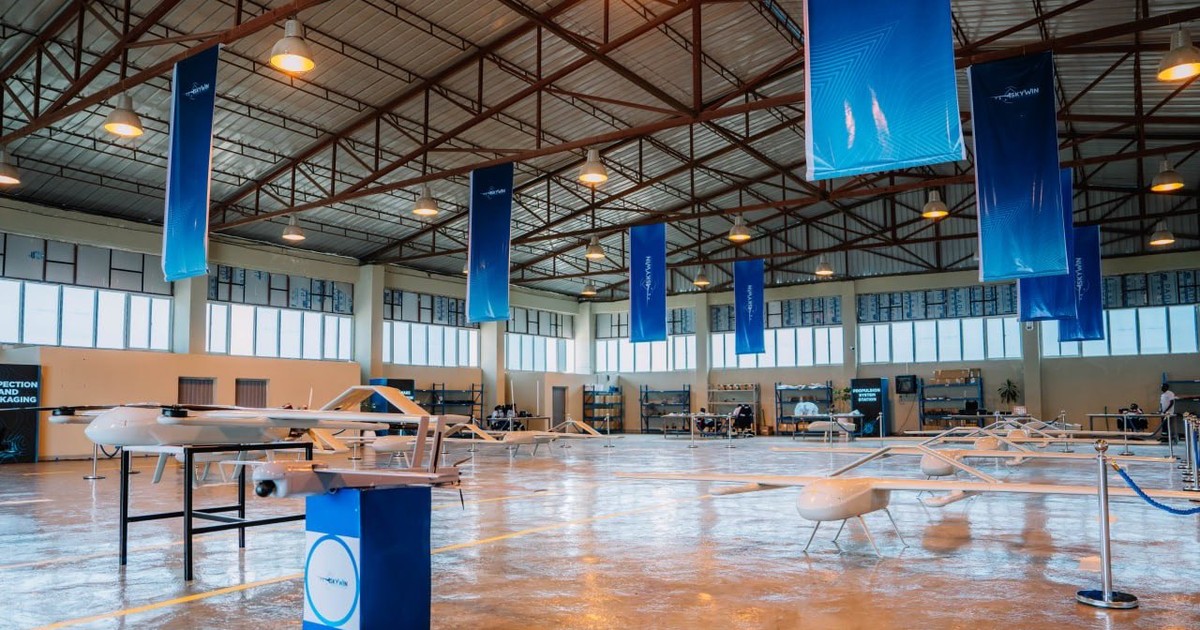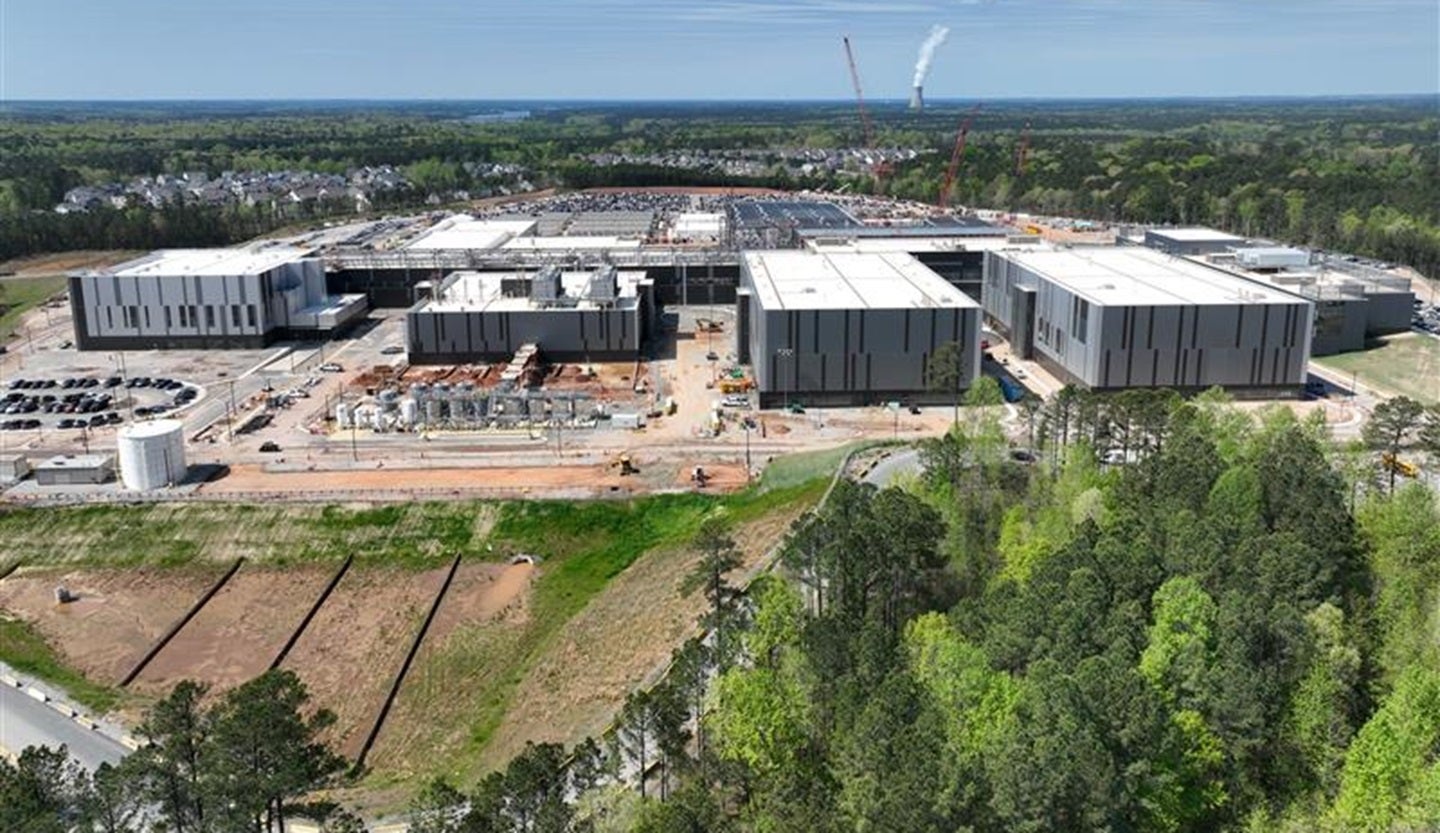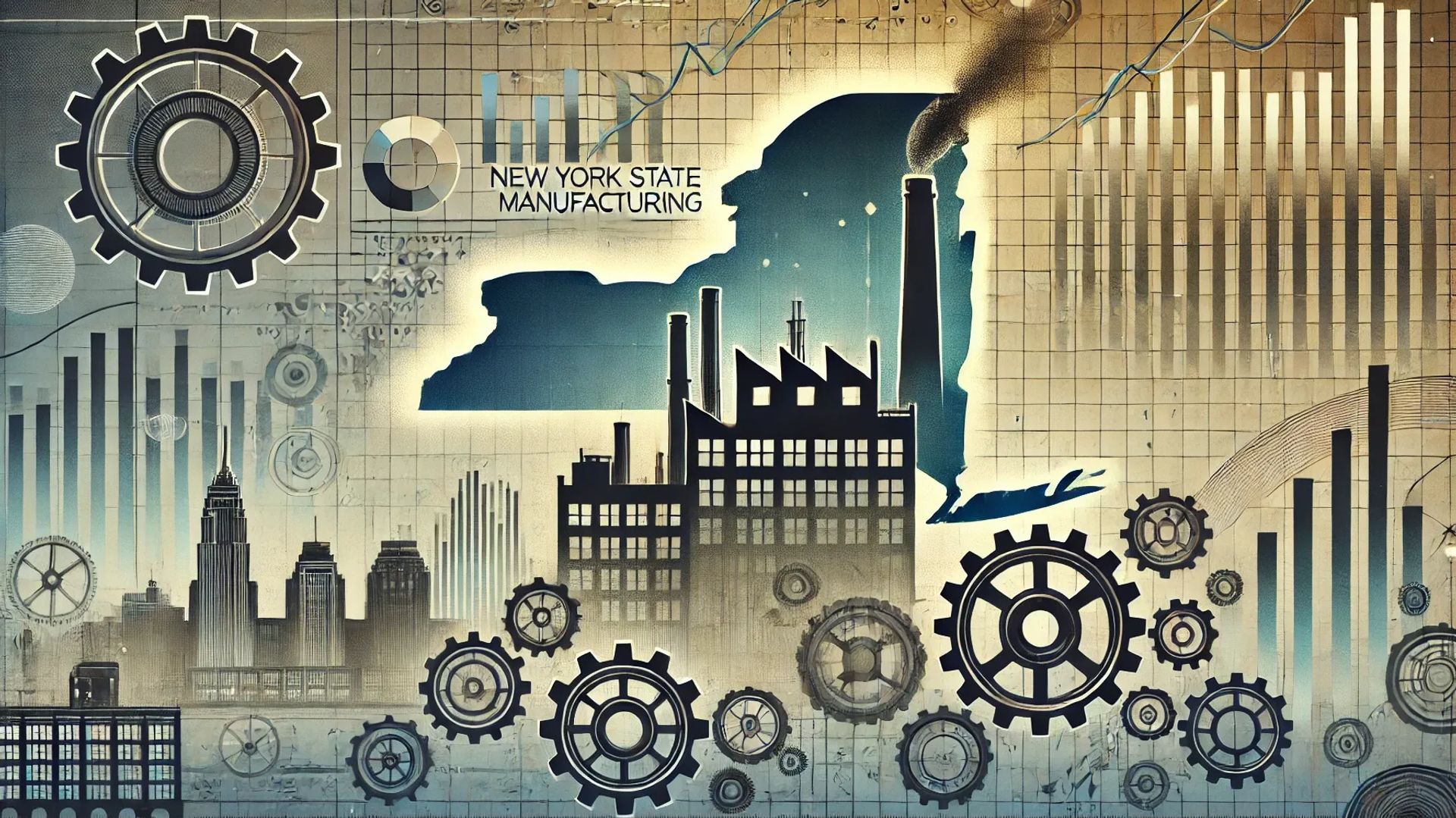Manufacturing Makeover: Can Trump's Tariff Gambit Revive American Industry?
Manufacturing
2025-04-18 14:00:00Content

Trump's Tariff Strategy: A Bold Attempt to Revive American Manufacturing
President Trump's ambitious tariff policy aims to breathe new life into U.S. manufacturing, promising to reinvigorate domestic production and create jobs. However, the strategy is not without its skeptics, particularly in the high-tech sector.
While the administration argues that these tariffs will incentivize companies to bring manufacturing back to American shores, industry experts remain cautious. Jay Timmons, president and CEO of the National Association of Manufacturers, recently shared insights into the potential impact of this economic approach during a CBS Morning News segment.
The core challenge lies in the complex global supply chains of modern manufacturing, especially in technology-intensive industries. Critics argue that simply imposing tariffs may not be enough to fundamentally shift manufacturing dynamics, as companies have deeply entrenched international production networks.
Despite the skepticism, the Trump administration remains committed to its vision of revitalizing American industrial capabilities through trade policy interventions.
Trade Wars and Tech Manufacturing: The Hidden Economic Battleground
In the complex landscape of global economic policy, the intersection of international trade, technological innovation, and national manufacturing strategies has become a critical battleground for economic supremacy. The ongoing tensions surrounding tariff policies and their potential impact on domestic production reveal a nuanced and multifaceted challenge facing modern industrial economies.Unraveling the Complex Dynamics of Industrial Transformation
The Tariff Conundrum: Challenging Economic Orthodoxies
The implementation of sweeping tariff policies represents a bold and controversial approach to reshaping national economic landscapes. While proponents argue that such measures can reinvigorate domestic manufacturing, the reality is far more complex and nuanced. Economists and industry experts have long debated the efficacy of protectionist strategies, recognizing that global supply chains have become increasingly interconnected and resistant to simplistic interventionist approaches. The technological manufacturing sector presents a particularly challenging arena for these economic experiments. Unlike traditional manufacturing industries, technology production relies on intricate global networks of innovation, supply, and expertise that cannot be easily reconstructed through punitive trade measures. Semiconductor manufacturing, for instance, requires massive infrastructure investments, specialized talent pools, and sophisticated research ecosystems that cannot be rapidly developed through tariff-driven policies.Manufacturing Resilience in a Global Context
The National Association of Manufacturers has been at the forefront of analyzing these complex economic dynamics. Leadership within the organization, including CEO Jay Timmons, has consistently emphasized the need for nuanced approaches that recognize the global nature of modern industrial production. The challenges facing American manufacturing extend far beyond simple protectionist measures, requiring comprehensive strategies that address workforce development, technological innovation, and strategic investment. Technological manufacturing, in particular, demands a holistic approach that goes beyond traditional trade policy. The semiconductor industry, for example, requires massive capital investments, cutting-edge research capabilities, and a highly skilled workforce. Countries like Taiwan, South Korea, and China have developed robust ecosystems that cannot be quickly replicated through tariff interventions alone.The Technological Innovation Imperative
The future of manufacturing lies not in protective barriers but in strategic innovation and global collaboration. Successful nations will be those that can create adaptive, flexible industrial ecosystems that can rapidly respond to technological shifts and global market dynamics. This requires significant investments in education, research and development, and creating environments that attract and retain top technological talent. The most successful manufacturing strategies will likely emerge from those nations that can balance strategic protection with open innovation, creating environments where technological creativity can flourish while maintaining critical national interests. This delicate balance requires sophisticated policy approaches that go far beyond simplistic tariff mechanisms.Economic Adaptation and Future Strategies
As global economic landscapes continue to evolve, manufacturers and policymakers must develop more sophisticated approaches to industrial development. The traditional models of protectionism are increasingly obsolete in a world characterized by rapid technological change and complex global interdependencies. The most successful economic strategies will likely involve creating robust, adaptable industrial ecosystems that can quickly respond to technological innovations and global market shifts. This requires a comprehensive approach that integrates education, research, strategic investment, and nuanced international collaboration.RELATED NEWS

3D Spark Secures €2M to Revolutionize Manufacturing Decision-Making

Breakthrough Collaboration: RoslinCT and Ayrmid Pharma Set to Revolutionize Cell Therapy Manufacturing






